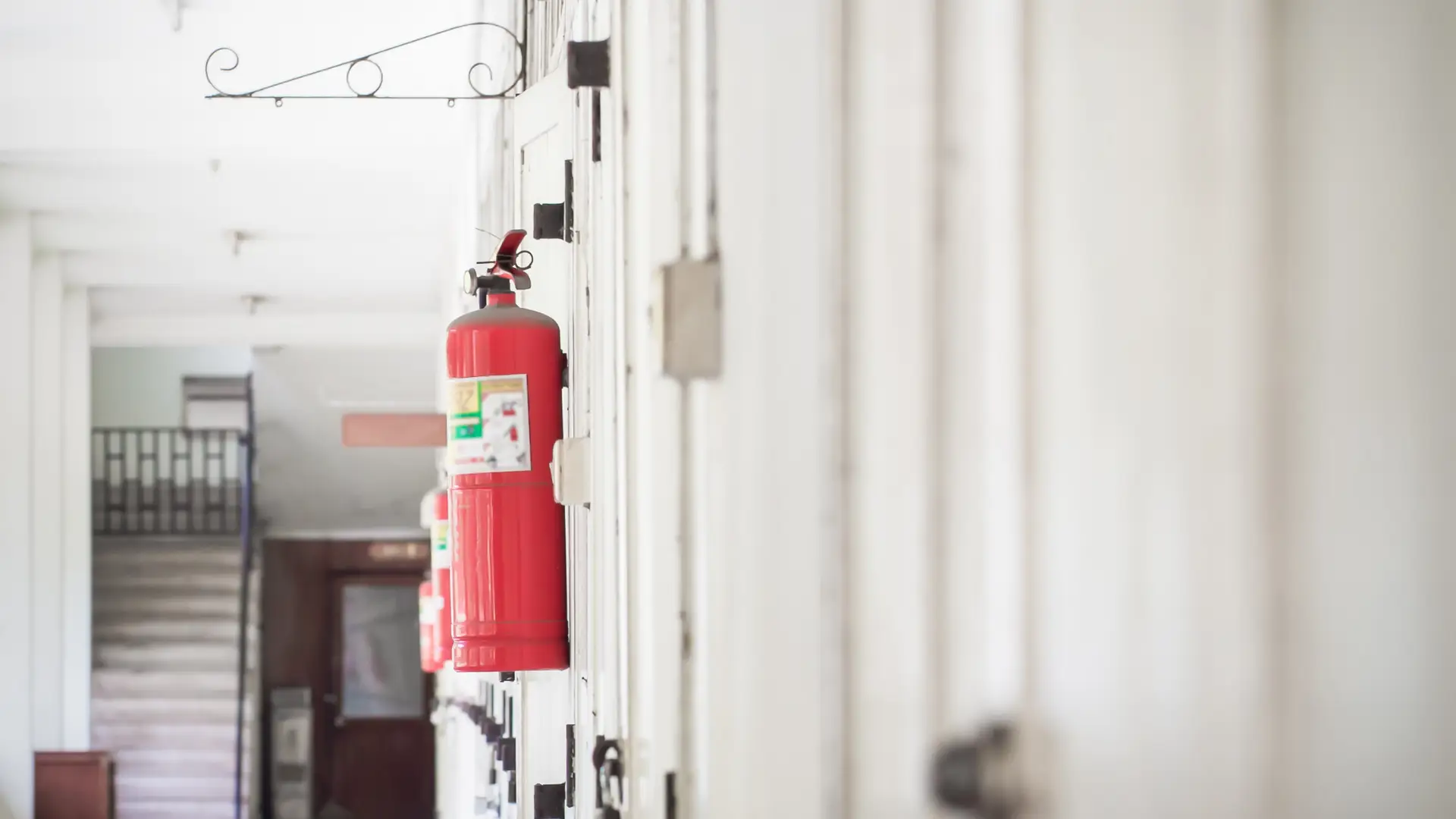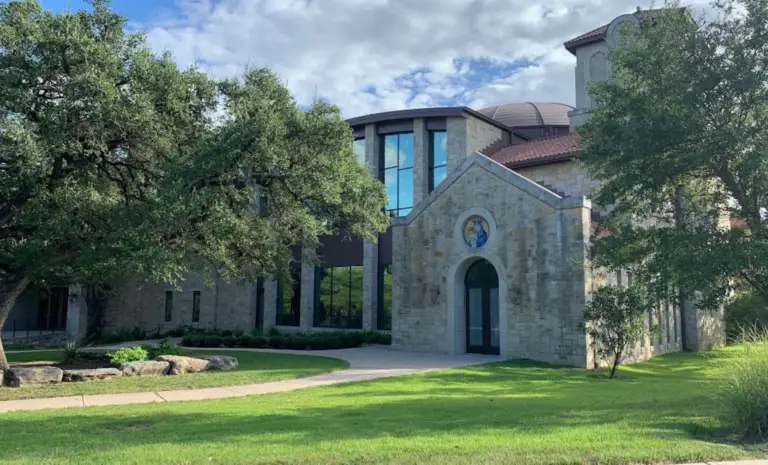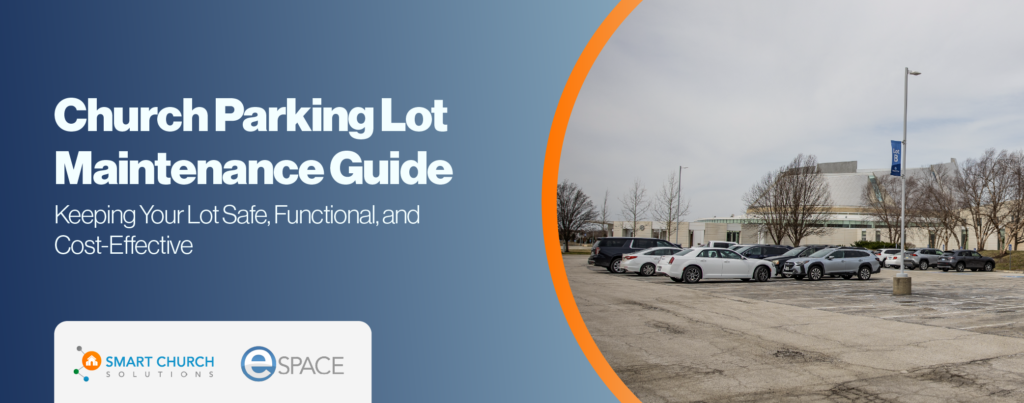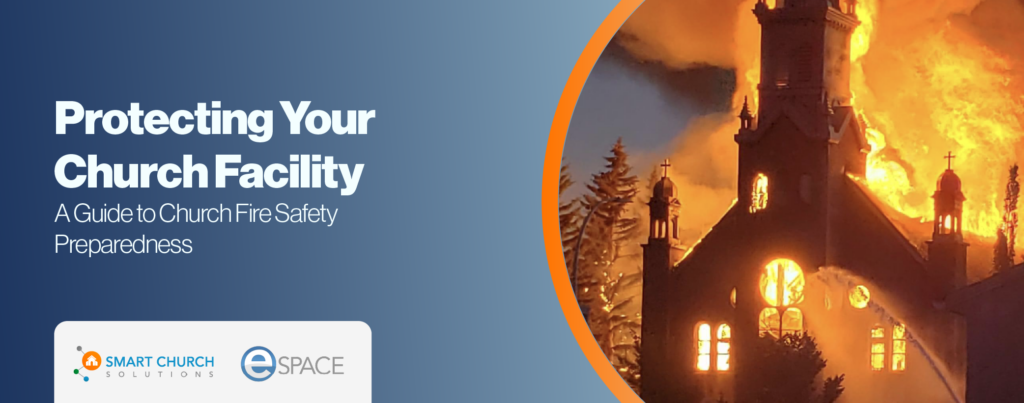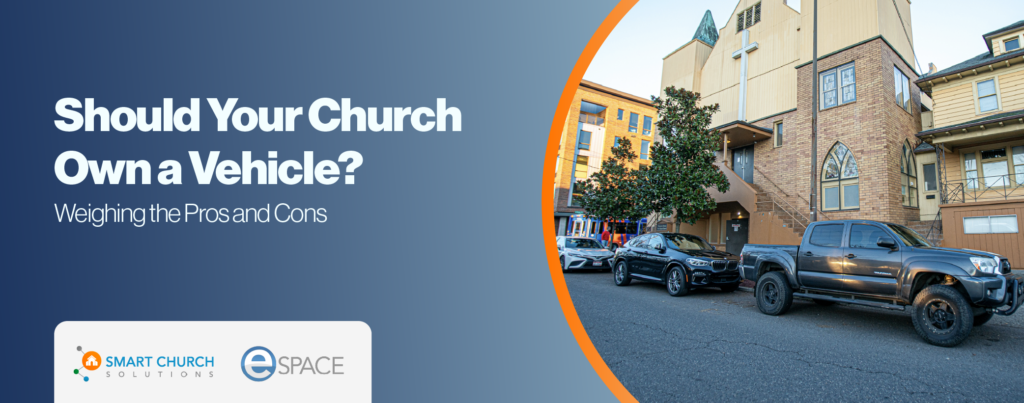In addition to preventative maintenance, there’s another critical aspect to stewarding the resources entrusted to you: safety. While you can’t guarantee everyone’s safety 100% of the time, there are practical actions you can take to reduce the likelihood of accidents or injuries.
In the sections below, we will address several areas you should regularly monitor to establish and maintain a safe church facility.
The Legal Aspect of Church Facility Safety
There is a four-letter word you may consider “bad”: OSHA. At the forefront of improving workplace safety, OSHA came from a desire to see fewer people killed or horrifically injured on the job. Sounds great, right? I, for one, am thankful for New Jersey Senator Harrison A. Williams, Jr., and Representative.
William A. Steiger, the critical driver behind The Occupational Safety and Health Act of 1970, is also known as the Williams-Steiger Act. Like many pieces of legislation, it has morphed over the years in some unfortunate ways. However, keeping people safe at work is still highly important.
So, does OSHA apply to a house of worship? Yes. Specifically, here are the sections that apply to churches and places of worship:
- OSHA 1975.4(c) Coverage of churches and special policy as to certain church activities
- 1975.4(c)(1) Churches. Churches or religious organizations, like charitable and non-profit organizations, are considered employers under the Act where they employ one or more persons in secular activities.
- 1975.4(c)(2) Examples. Some examples of coverage of religious organizations as employers would be: A private hospital-owned or operated by a religious organization; a private school or orphanage owned or operated by a religious organization; commercial establishments of religious organizations engaged in producing or selling products such as alcoholic beverages, bakery goods, religious goods, etc.; and administrative, executive, and other office personnel employed by religious organizations.
Safety and Your Church Facility
So, what does the above mean for you? Essentially, it means there are some very specific OSHA regulations you should be addressing. On a deeper level, it means you need to ask yourself how much you value safety and the work environments of those around you? The level at which you value these things is the level at which you will develop, grow, and encourage a culture of safety in your church facility.
Maintaining a safe environment might not be hard. But it must be intentional. This is a word you will see used a great deal at Smart Church Solutions; what we do is done on purpose and deliberate. Safety is no accident. When my children went to get their driver’s licenses, they didn’t get to walk into the DMV and say, “Hey guys, I want to drive; how about a license?” They went through months of classwork and practical driving experience with us. We were intentional about going over the why and the how. My children knew safety was important if they wanted to earn a license.
The methodology used to create a culture of safe drivers is similar to the one needed to create a safe church facility culture. While you must stay focused on your mission and what you are called to achieve, it’s critical to recognize the role you play in maintaining the safety of those involved in the mission.
Closing Thoughts
The funny thing about safety is that you really cannot force it upon individuals. If establishing rules was all it took to make people responsible, we would have fewer lawyers and insurance agents.
Show your team how integral they are to your mission. In turn, you will have a team that sees the value in safely executing their role. And, like always, if you ever need a helping hand in the process, we are here to help.


